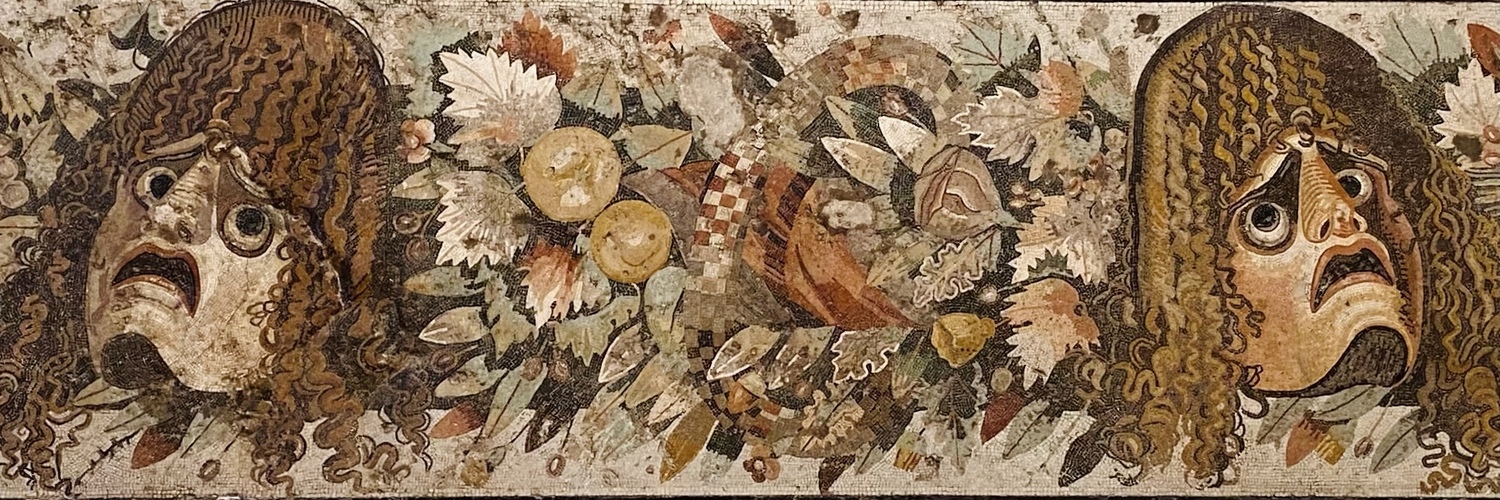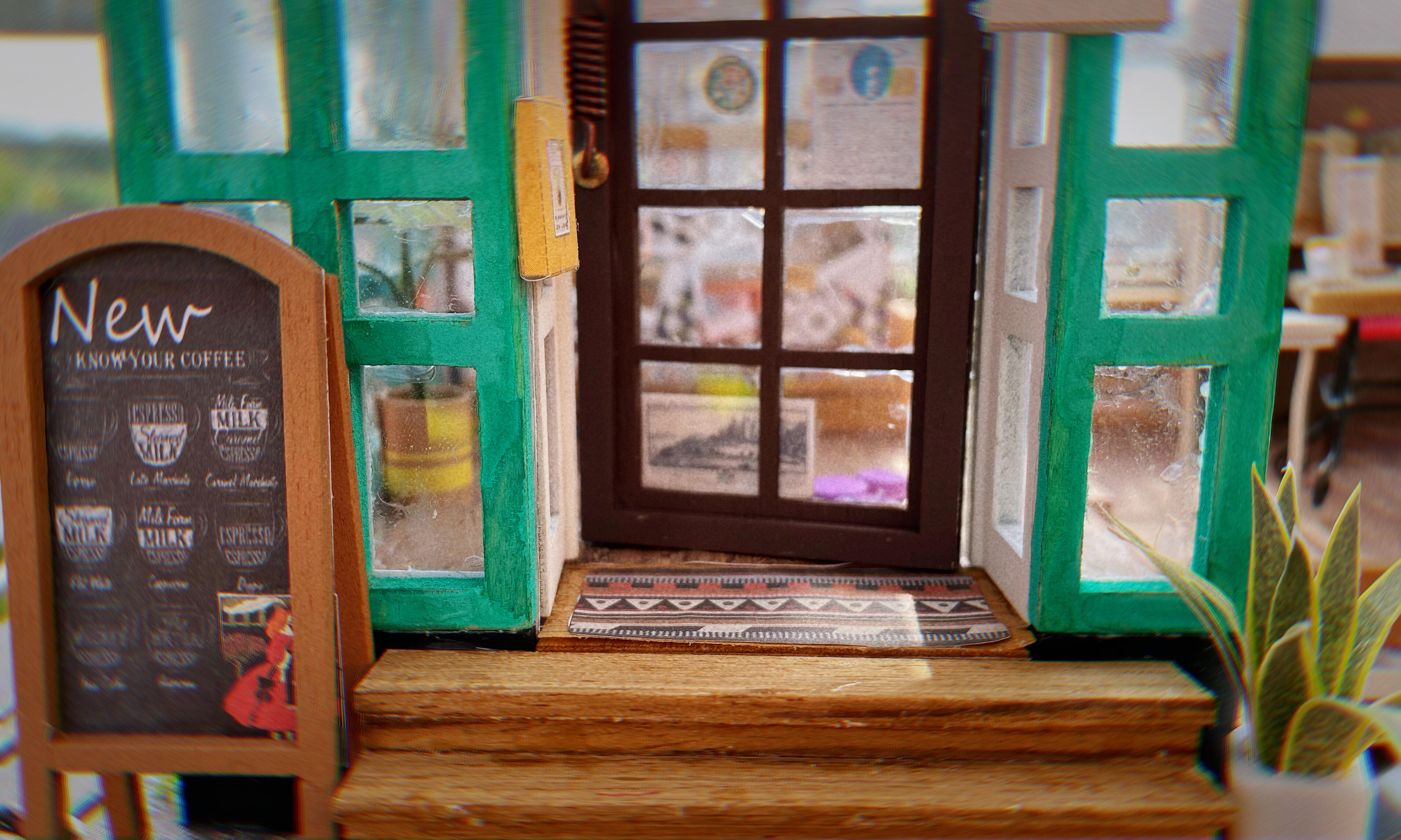
#盲人摸象
借友邻提的这个词讲一条自己之前摸象的经历。
去年三月发一篇冷CP的突发清水文,微博和老坟头双平台被卡,微博直接屏蔽+图片被夹,老坟头也根本发不出去,我此前发黄文都没被卡到这种程度。折腾了很久都搞不定去只得一段一段删来测试,9k的文最后删到二百多字我都不知道象在哪,直到突然从一句“XX(人名)连任何真正属于自己的东西都是没有的。”里摸出了一个“连任”……
胡言乱语
虽说我从精神上是反战的,但是战争一直存在到现在应该还是有一定的积极意义的。之前看到象友提到现在战争不像以前那样频繁了,导致大量的没正经工作没对象的底层人口无法被消耗,社会不稳定因素增加。我就想起我室友的脑洞,我们谈到越是低素质人口生育意愿越低,于是整个人口的素质渐渐降低,那人类是怎么发展到现在的。他说是不是会有一种机制在维持平衡,比如低素质人口好战,所以矛盾到一定的程度他们就会发起战争,消耗掉一部分低素质人口,然后世界又会回到和平。
当然以上只是脑洞,要探讨起来还有更多的脑洞…比如生育意愿,是有越穷越生这种说法,但是城市人口现在生育意愿低的原因之一就是没钱养孩子,所以也可能是城市化本身的问题。再然后我对军人的感情也很复杂,一是觉得他们保家卫国很值得尊敬,就像消防员一样,二是不明白到底怎样的人才会想要参加战争,确实接触过的军人啊教官啊素质都不高。战争真的打起来,消耗的只有低端人口吗?需要上前线的都是低端人口吗?什么是低端人口?
📖
»Und du? Warum liebst du mich?« unterbrach ich meinen Rechenschaftsbericht.
»Aus tausend Gründen und aus einem.«
»Laß, hören. Zuerst die tausend.«
»Das große Herz – der kleine Fuß – die schönen Augen – der glänzende Geist – das sanfte Lächeln – der scharfe Witz – die weiße Hand – die frauenhafte Würde – der wunderbare –«
»Halt ein! Das sollte so bis tausend fortgehen? Da sag' mir lieber den einen Grund.«
»Das ist auch einfacher, denn der eine in seiner Kraft und Unwiderstehlichkeit umfaßt die anderen alle. Ich lieb' dich, Martha, weil, – ich dich liebe. Darum.«
#DieWaffenNieder
我以为我在看反战小说,结果我在看谈恋爱 ![]()
When you look at a rainbow, you see discrete stripes of color, roughly like the drawing on the left side of figure 5-1. But in nature, a rainbow has no stripes—it’s a continuous spectrum of light, with wavelengths that range from approximately 400 to 750 nanometers. This spectrum has no borders or bands of any kind.
Why do you and I see stripes? Because we have mental concepts for colors like “Red,”“Orange,” and “Yellow.” Your brain automatically uses these concepts to group together the wavelengths in certain ranges of the spectrum, categorizing them as the same color. Your brain downplays the variations within each color category and magnifies the differences between the categories, causing you to perceive bands of color.If you visit the Russian Google (images.google.ru) and search for the Russian word for rainbow, радуга, you’ll see that Russian drawings contain seven colors, not six: the Western blue stripe has been subdivided into light blue and dark blue, as in figure 7-2.
These pictures demonstrate that concepts of color are influenced by culture. In Russian culture, the colors синий (blue) and Голубой (sky blue to a Westerner) are different categories, as distinct as blue and green are to an American. This distinction is not due to inborn, structural differences in the visual system of Russians versus Americans, but to culture-specific, learned concepts of color. People raised in Russia are simply taught that light and dark blue are distinct colors with different names. These color concepts become wired into their brains, and so they perceive seven stripes.
#HowEmotionsAreMade
所以不同文化的人并不是用不同的词来“描述”同一种颜色,而是他们就能“看”到不同的颜色 ![]()
以及才发现🌈和🏳️🌈只有六种颜色,中文里的彩虹和俄语一样也是七色的。
“People who use their willpower seem to run out of it. Smokers who go without a cigarette for twenty-four hours are more likely to binge on ice cream. Drinkers who resist their favorite cocktail become physically weaker on a test of endurance. Perhaps most disturbingly, people who are on a diet are more likely to cheat on their spouse.
[...]
For the last fifteen years, he has been asking people to exert their willpower in the laboratory—turning down cookies, tuning out distractions, holding back their anger, and holding their arms in ice water. In study after study, no matter what task he used, people’s self-control deteriorated over time. A concentration task didn’t just lead to worse attention over time; it depleted physical strength. Controlling emotions didn’t just lead to emotional outbursts; it made people more willing to spend money on something they didn’t need. Resisting tempting sweets didn’t just trigger cravings for chocolate; it prompted procrastination.
[...]
Self-control is an energy-expensive task for the brain [...] Low blood sugar levels turn out to predict a wide range of willpower failures, from giving up on a difficult test to lashing out at others when you’re angry. Gailliot, now a professor at Zirve University in Turkey, has found that people with low blood sugar are also more likely to rely on stereotypes and less likely to donate money to charity or help a stranger. It is as if running low on energy biases us to be the worst versions of ourselves. In contrast, giving participants a sugar boost turns them back into the best versions of themselves: more persistent and less impulsive; more thoughtful and less selfish.”
